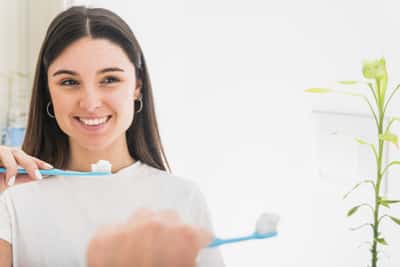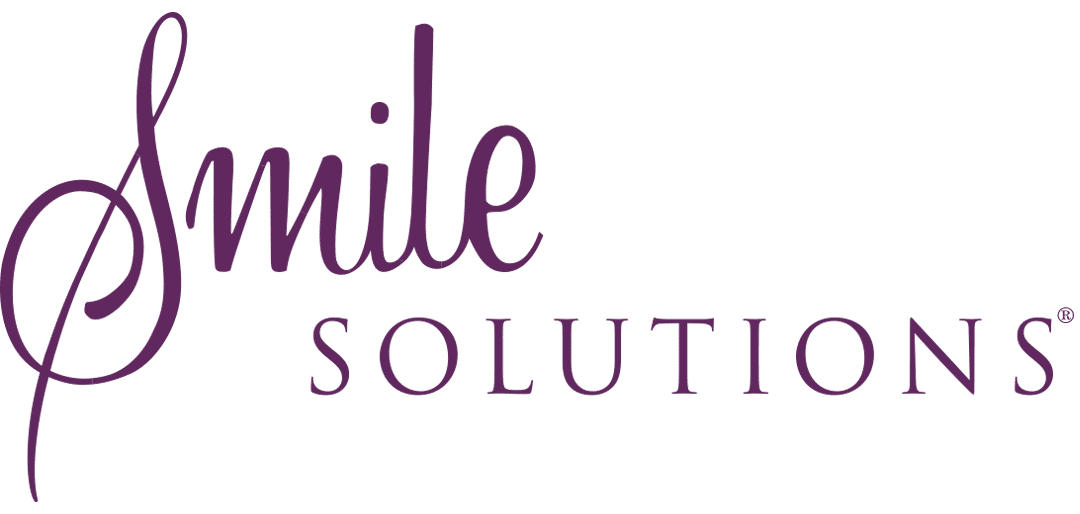
As you stand in the dental products section of your supermarket or pharmacy, it’s easy to be overwhelmed by the vast array of products on offer. The wide range of brushes, flosses, mouthwashes and other oral health care products prompts the question “Do I need all of these products for a healthy mouth?” Many of our patients ask what is the ideal daily routine for optimum oral health. Here is a simple guide for basic oral hygiene.
Much research has gone into what needs to be done to achieve optimum oral hygiene. Results show that brushing twice daily (once in the morning and once at night) will adequately remove plaque from most surfaces of the teeth. Any further brushing activity will not significantly change the health of your gums. The surfaces that are not cleaned through brushing are the spaces in between the teeth, so brushing alone is inadequate. Only the combination of brushing and flossing reaches all surfaces of the teeth and gums. Mouthwashes can be used as an adjunct to brushing and flossing, but they can never remove all plaque alone. Only brushing and flossing will remove debris from your teeth and gums.
Why brush?
Throughout the day, a bacterial film, called plaque, builds up on the teeth. Plaque is a combination of the bacteria and debris that inevitably collects in everyone’s mouth on a daily basis. The reason we brush our teeth is to remove this plaque. If left on the teeth, plaque may cause dental cavities and unhealthy gums.
How to brush
When selecting a toothbrush, look for one that has soft bristles, a small head (so that it can clean those hard-to-reach areas) and a sturdy handle. These qualities will help you access all teeth in your mouth without damaging any tissue. The areas that need to be cleaned through brushing are all the outside surfaces of the teeth (both upper and lower), all of the inside surfaces (both upper and lower) and finally all of the tops of the teeth (again both upper and lower).
To brush all of your teeth adequately should take approximately 2 minutes (this doesn’t sound like a long time, but most people spend only 30 to 40 seconds brushing!). The technique should be gentle brushstrokes in either a circular or back-and-forth motion along the gum line. If you’re finding it difficult getting the right technique and length of time, we recommend electric toothbrushes as they do all of the work for you! All you have to do is hold the toothbrush along the gum line, leaving it on each surface of every tooth for a couple of seconds – easy! Electric toothbrushes remove up to 97 per cent of plaque from hard-to-reach places. Some electric brushes also have a timer for your convenience so that you reach that 2 minute target. Remember to brush both morning (after breakfast) and at night (before bed) to get the best results from your brushing.
What about flossing?
As we’ve seen, brushing alone does not clean in between your teeth, so there is always one surface of each tooth that is not being cleaned – unless you floss. Compared with brushing alone, the use of dental floss is proven to remove up to 80 per cent more plaque from between the teeth when used as part of your daily oral hygiene routine.
There are many types of floss (including waxed, flavoured and tape) but they all ultimately do the same thing. It is a matter of personal preference as to what you like to use.
Like brushing, flossing should be completed every day as an integral part of the oral hygiene routine. However, unlike brushing, just once a day is sufficient. It’s important that you have control over the floss as you use it; otherwise substantial damage can be done to your gums.
- Gripping the floss between the thumb and bent forefinger, slowly work the floss between two teeth with a gentle sawing motion. Never snap or force the floss in. As with brushing, start in the same place each time you floss (the rear molars are a good place to begin).
- Gently scrape the floss around the tooth, going up into the gum line until you meet resistance. Work systematically in a C shape around each tooth.
- Using your fingers like spools, unwind a clean section of floss from the hand with unused floss, and wind the used portion onto the other finger. Move on to the next space.
- Continue all the way around your mouth, using the same technique.
Regular flossing combined with brushing reduces bleeding by 67 per cent as it assists with cleaning these areas and hence reduces any inflammation of the gums.
Along with these simple oral hygiene routines that you can adopt at home, it is recommended that you visit a dental professional for regular cleaning and checkups every six months to achieve optimum oral hygiene.

